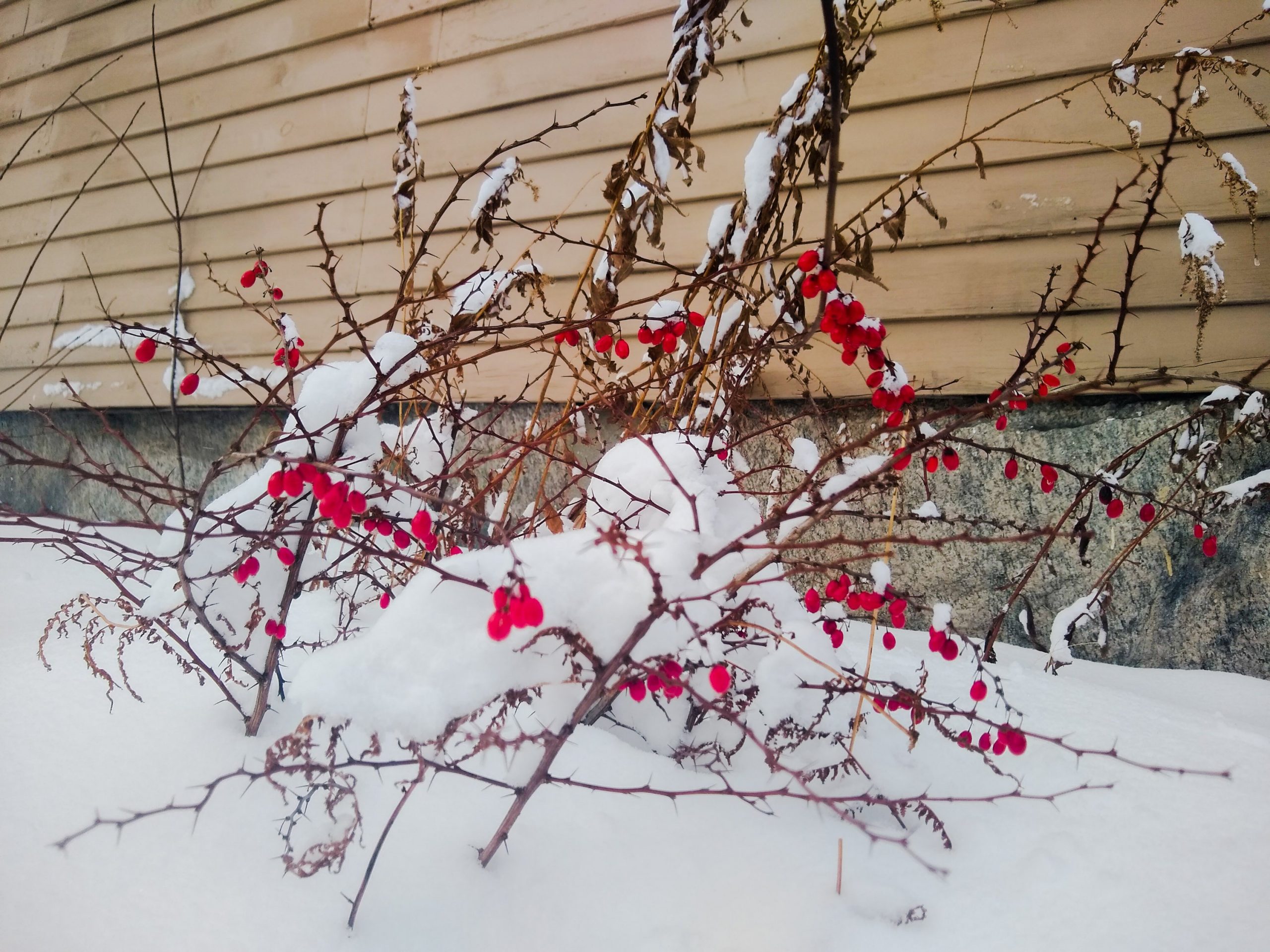Hey plant lovers! I’ve been getting tons of questions about barberry bushes and their winter behavior. As someone who’s been growing these beauties for years I’m gonna break down everything you need to know about barberry leaves in winter and how to keep these stunning shrubs happy during the cold months.
The Quick Answer
Most barberry varieties are deciduous, which means – yep, they do lose their leaves in winter! However, there are some exceptions:
- Deciduous varieties: Drop all leaves (most common)
- Semi-evergreen varieties: Lose leaves in mid-winter
- Broadleaf evergreen varieties: Keep their leaves year-round
Types of Barberry and Their Winter Behavior
Let me share what I’ve learned about different barberry types and how they handle winter:
Deciduous Barberry
These are the most common ones you’ll find in gardens. They:
- Naturally drop leaves when temps get cold
- Go completely dormant in winter
- Grow best in zones 4-8
- Come back with fresh foliage in spring
Semi-Evergreen Barberry
These guys are bit more interesting
- Keep leaves longer into winter
- Eventually drop foliage mid-winter
- Better suited for warmer climates
- May retain some leaves in mild winters
Broadleaf Evergreen Barberry
The tough cookies of the bunch
- Keep their leaves all year
- Less common in typical gardens
- Need milder winter conditions
- Perfect for warmer growing zones
Winter Care Tips for Your Barberry
Whether your barberry keeps its leaves or not, here’s how to keep it healthy through winter:
1. Protection Needs
Most barberries are pretty tough, but:
If you're in zones 4-8:- Usually need minimal protection- May need covering in extreme cold- Consider wind protection in exposed areas2. Watering Guidelines
Here’s what I’ve found works best:
- Stop regular watering when dormant
- No need for winter watering unless severe drought
- Resume watering in spring when new growth appears
3. Pruning Do’s and Don’ts
Listen up, this is important:
- DON’T prune in late fall
- DO wait until spring for regular pruning
- CAN remove damaged branches anytime
- MAY do hard pruning in winter for overgrown shrubs
4. Container Plants
If you’ve got potted barberry:
- Move to protected area in very cold regions
- Basement, garage, or shed works great
- Don’t need watering while dormant
- Keep away from harsh winter elements
Common Winter Issues and Solutions
Sometimes things don’t go as planned. Here’s what to watch for:
Problem Signs
- Branches breaking under snow weight
- Winter burn on leaves
- Root damage in containers
- Delayed spring growth
Solutions
- Use landscape fabric for wind protection
- Cover plants before heavy snow
- Protect container plant roots
- Be patient in spring – they’re usually just taking their time
Getting Ready for Spring
When winter’s wrapping up:
- Watch for new growth signs
- Plan your spring pruning
- Start gradually increasing water
- Remove any winter protection
My Personal Tips
After years of growing barberry, here’s what I’ve learned:
- Don’t panic if leaves drop – it’s natural!
- Less care is often better in winter
- Each variety has different needs
- Location matters more than you’d think
Wrap-Up
So there ya have it! Whether your barberry loses its leaves or not, these tough plants usually handle winter like champs. The key is knowing your variety and your climate zone. Most barberries will do just fine with minimal winter care, but it’s always better to be prepared, right?
Remember, gardening is all about learning and adapting. If you’re new to growing barberry, start with the basics and adjust as you learn what works in your specific situation. And hey, if you’ve got any specific questions about your barberry, drop ’em in the comments below!
Got more plant care questions? Check out our other guides, and don’t forget to follow us for more gardening tips and tricks!
#GardeningTips #BarberryCare #WinterGardening #PlantCare #GardenAdvice

Cultivars of Wintergreen Barberry:
- ‘Nana’ grows to 4 feet high and forms a solid mound. The glossy, dark green leaves turn wine-red in winter. It has large spines.
- ‘Spring Glory’ is a selection with brilliant coloration to the new shoot growth. The leaves and stems are tinted red to bronze-red. Pruning this shrub is not recommended.
If this document didn’t answer your questions, please contact HGIC at [email protected] or 1-888-656-9988.
Marjan Kluepfel, Former HGIC Horticulture Information Specialist, Clemson University
This information is supplied with the understanding that no discrimination is intended and no endorsement of brand names or registered trademarks by the Clemson University Cooperative Extension Service is implied, nor is any discrimination intended by the exclusion of products or manufacturers not named. All recommendations are for South Carolina conditions and may not apply to other areas. Use pesticides only according to the directions on the label. All recommendations for pesticide use are for South Carolina only and were legal at the time of publication, but the status of registration and use patterns are subject to change by action of state and federal regulatory agencies. Follow all directions, precautions and restrictions that are listed.
Join our mailing list to receive the latest updates from HGIC.
Q&A – What is wrong with my barberry? The leaves are suddenly falling off.
0
